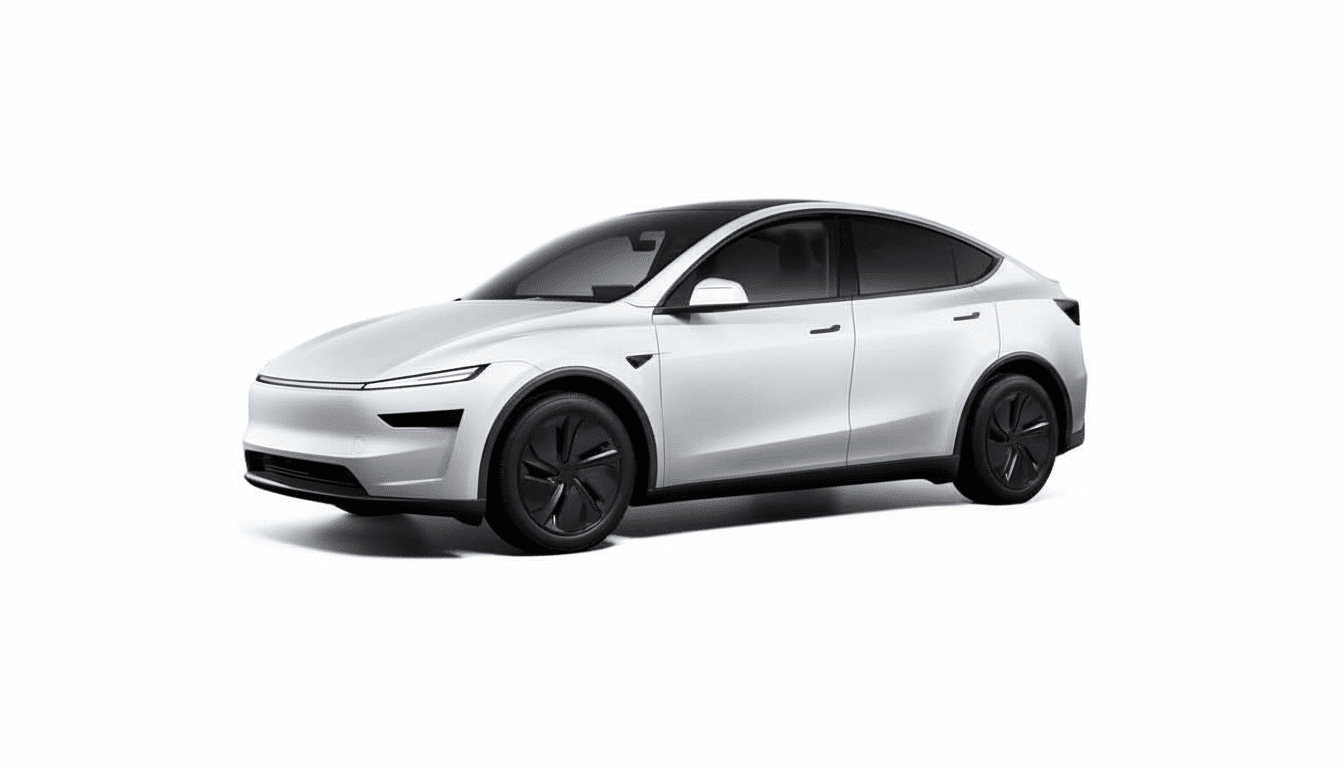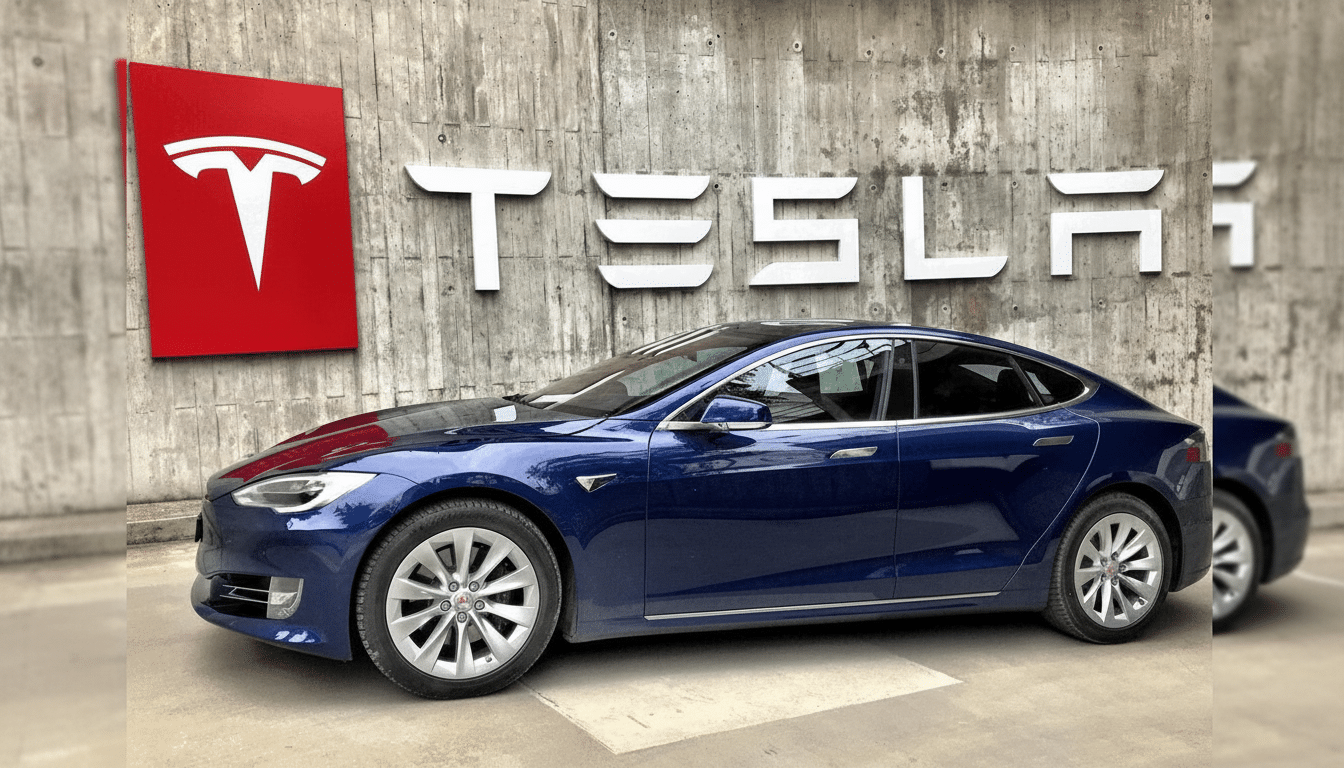Tesla continues to tease a lower-cost electric car that could supercharge mass-market EV adoption. But we’ve been teased, had the idea shelved and revived enough times over the years to be skeptical. The company may be prepared to display something more affordable than today’s lineup, but how that equates to a truly affordable, broadly available EV is another question entirely.
What Would Be Considered Affordable for U.S. Buyers
In the U.S., “affordable EV” usually translates to a starting price somewhere around or just below $25,000 before incentives. That matters, because the average transaction price for electric vehicles has been hanging well above mainstream gasoline cars. Cox Automotive data also revealed that despite falling over the last year, EV prices have remained tens of thousands above the sub-$30,000 mass-market sweet spot that wins over cost-conscious buyers.

To be sure, there are incentives. Federal tax credit qualification may shift with rules about where the battery comes from, and not every configuration will qualify. In order to make a dent, an affordable Tesla must pencil out on sticker price alone, incentives serving as the cherry, not the only way to get under that psychological hump.
Tesla’s On-Again, Off-Again Promise of a $25k EV
The $25,000 Tesla has long been a moving target. Executives have hyped it, downplayed it and occasionally shifted focus to driverless robotaxis instead. A pattern emerges from reporting by outlets like Reuters, and persistent analyst chatter: the ambitious timelines, the shifting priorities, and that lingering question of whether Tesla wants to or can build a compelling car at that price that doesn’t affect margins and brand cachet.
The Puzzle of Costs Tesla Needs to Solve at Scale
Battery costs remain the fulcrum. BloombergNEF estimates that pack prices have returned to the low-$130s per kWh globally, welcome relief from recent peaks but still above the sub-$100 industry threshold many automakers cite for truly mass-market EVs. Already, Tesla is aiming for in-house 4680 cells, LFP chemistry for base trims, and the structural-pack format, all to bring dollars per kWh down and assembly costs down.
Manufacturing is the other lever. Tesla’s “unboxed” assembly approach and heavy gigacasting are all about cutting its body complexity down, the part count, and labor hours. But production innovation is only relevant if it can be scaled. Auto gross margins have compressed across the industry, and a battle for market share in Tesla’s part of the auto chain has pressured its own auto margin (excluding regulatory credits) via price cuts. On the other hand, a lower-cost model would risk cannibalizing higher-margin trims unless costs moved south at the same speed and volume ramped up in a hurry.

Competitors Testing the Price Floor in Global EVs
Rivals around the world are already exploring the bottom of the market. Shrewd cost discipline is one of BYD’s calling cards; it sells more affordable small (and good-quality) EVs in China than just about anything available for purchase now in the U.S., frequently held out as a pricing benchmark, such as the BYD Seagull. Trade barriers and tariffs keep many of those models out of the American market, but they still play a big role in setting some expectations for what is possible in a modern EV bill of materials.
Meanwhile, closer to home, the Chevrolet Bolt is due for a comeback on a new platform, while the Nissan Leaf remains cheaper than most new kids on the block.
In Europe, budget models like the Dacia Spring have also pushed affordability forward. The International Energy Agency saw that EVs are making market share gains in almost every major economy, but in the U.S., it’s still just a high single-digit — where price sensitivity is high and value perceptions can make or break adoption.
What Tesla Is Most Likely to Announce This Year
A real clean-sheet “Model 2” close to or at $25,000 would be a shock. More realistic is a stripped-down version of the Model 3 or Model Y: rear-wheel drive, LFP battery, software-limited range, and less premium materials — perhaps even software-locked features that can be unlocked later for cash. That strategy enables Tesla to advertise a starting price that’s lower while maintaining margins through options and subscriptions. Then there’s the eternal wild card of a halo product like the Roadster, which could make headlines but never be affordable.
How Can I Tell If This Is Real and Not Hype?
- Price: Is the base model really a sub-$30,000 vehicle before incentives and with a path under $25,000 even after needed add-ons and destination charges?
- Range and charging: A budget Tesla would need at minimum about 200–250 miles of range on a full charge according to the EPA test cycle, and access to the Supercharger network with competitive charging curves. Anything much below that risks feeling compromised compared to hybrids.
- Production timing and location: Demand a specific plant and start-of-production date, not just a pledge. Clarity around where the car will be built — and where batteries will be sourced locally, too, for incentive purposes — also factors in.
- Volume and margins: Tesla has a scale advantage. The company needs to demonstrate how its manufacturing breakthroughs drive down cost per unit at high volumes. Investors will see whether automotive margins don’t continue sliding with the arrival of a lower-cost model.
- Trade-offs: Look for fewer luxury touches, possibly fewer sensors and simpler interiors. “If the compromises feel specific and harmonious, then the model can land as ‘smartly engineered’ rather than ‘stripped.’”
But if Tesla nails the right price along with transparent production plans alongside realistic specs, yes, the affordable Tesla is finally here. Until the company proves it out on the factory floor, and in customers’ driveways, that chicken coop is still there: believe it when you can actually buy one.

